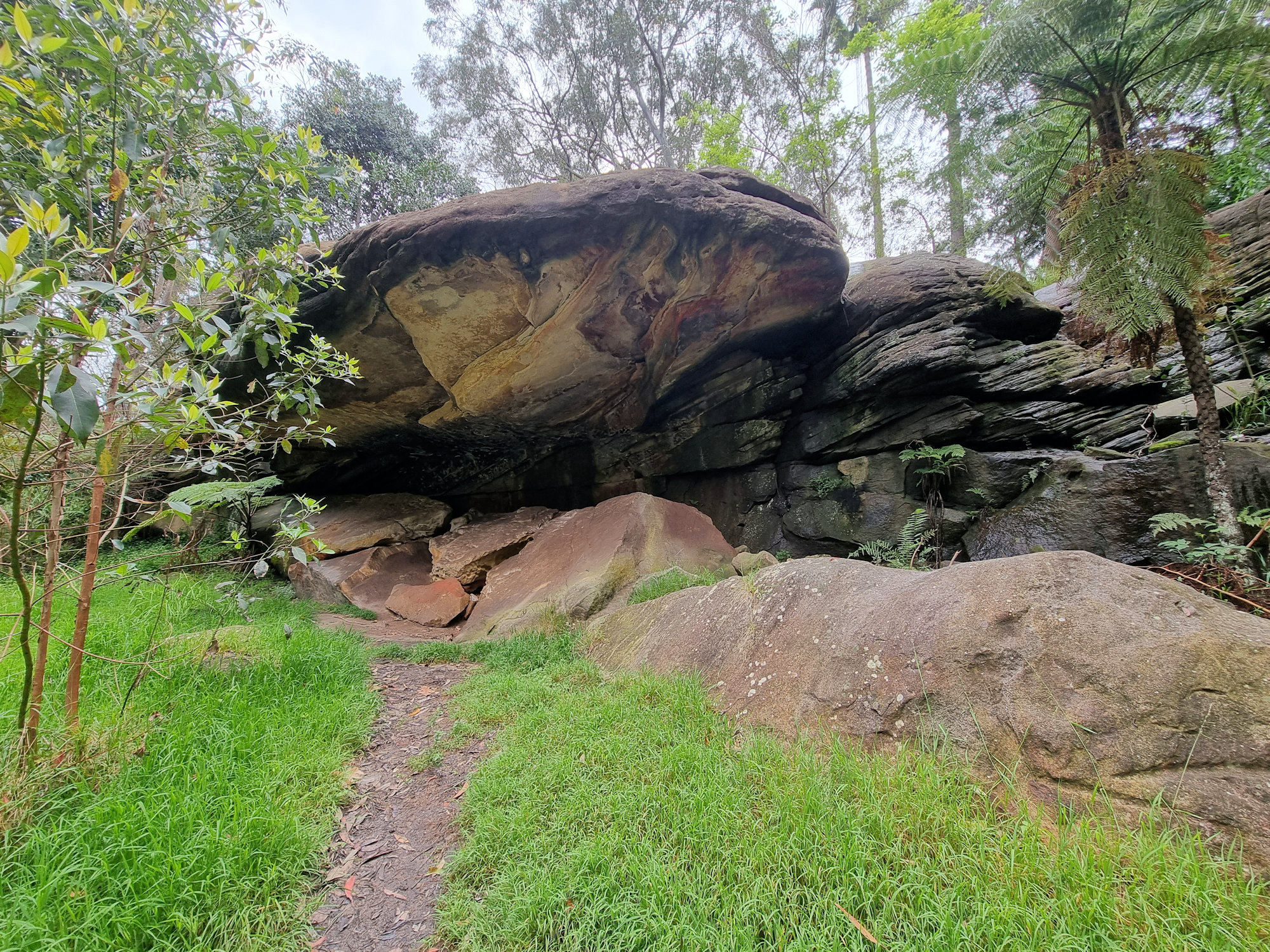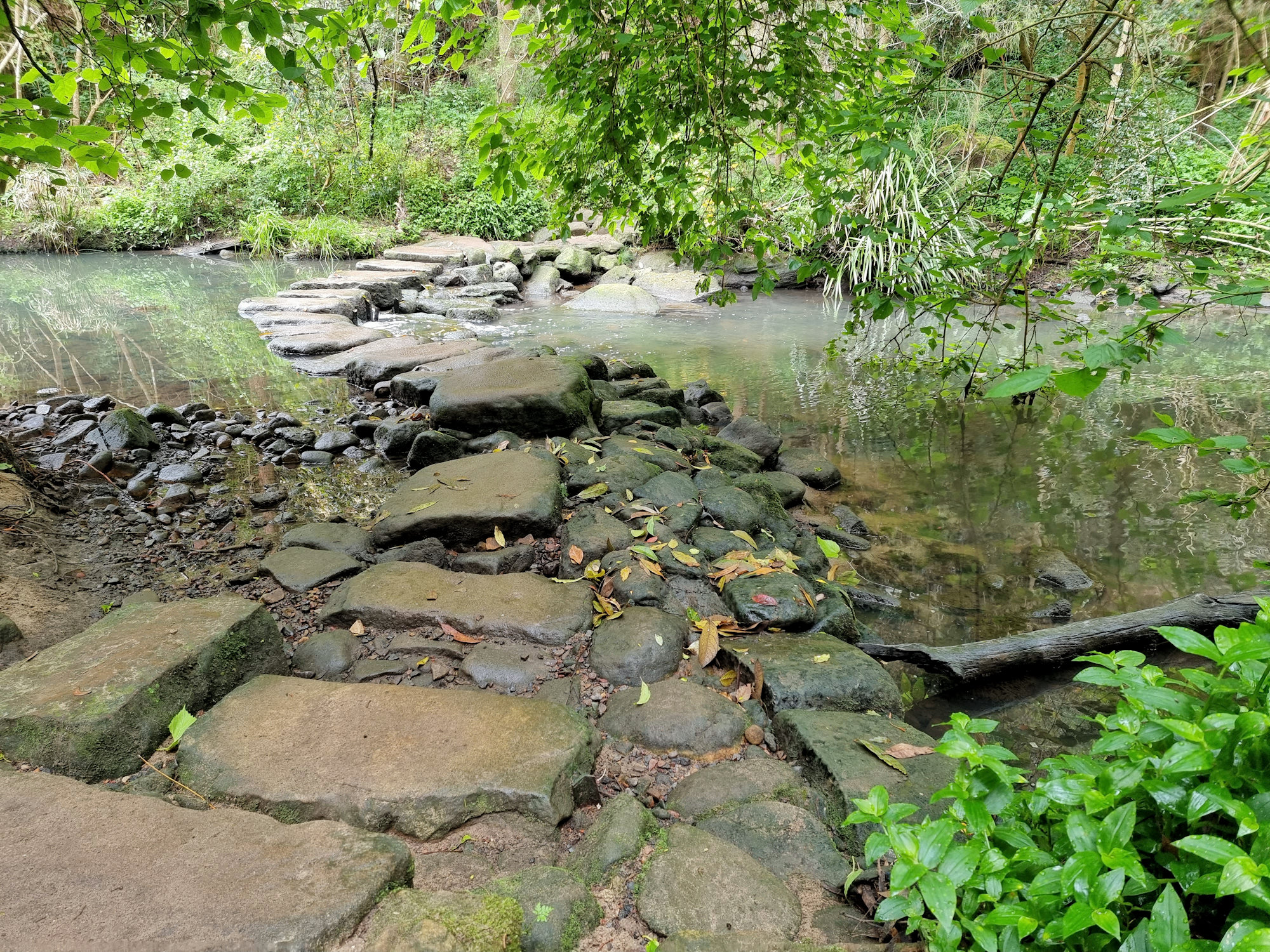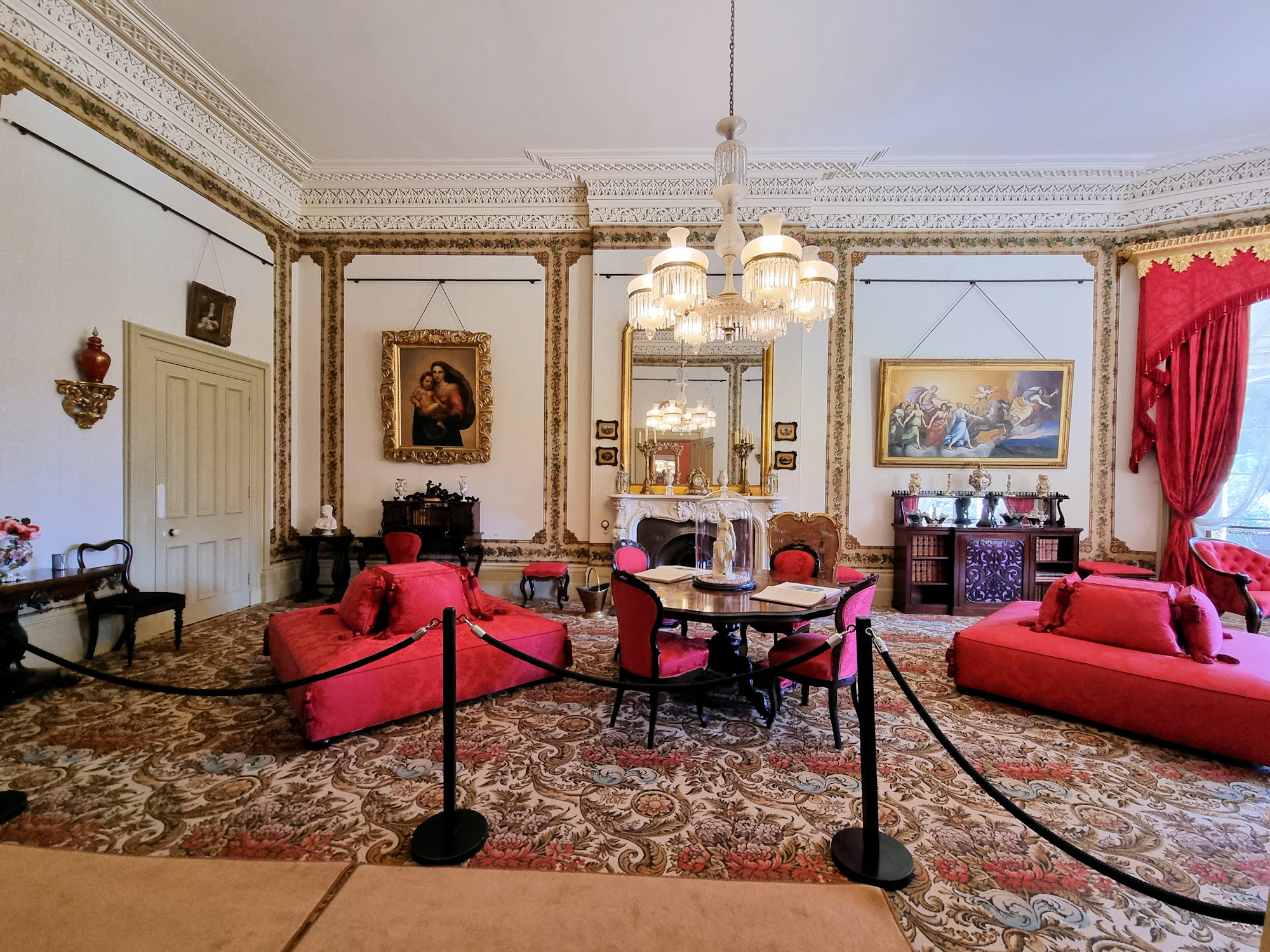Category: Sydney
-
Henry Lawson Cave

Henry Lawson Cave Born in Grenfell, New South Wales in 1867, Henry Lawson is one of Australia’s most well-known writers. Although his works were published during his lifetime, Lawson suffered from financial and alcohol problems. While living at Market Street in Naremburn, he would often stop at what is now called the Henry Lawson Cave… Read more
-
Flat Rock Gully Walking Track

Flat Rock Gully Walking Track Located in the Sydney council of Willoughby, Flat Rock Gully Walking Track is a 4km return trip through bushland bordering a small creek. Utilised for the disposal of domestic and industrial waste until 1985, the area became overgrown with weeds. Following the closing of the tip and associated incinerator, the… Read more
-
Vaucluse House Sydney Historic Home

Vaucluse House Sydney Completed between 1803 and 1839 in the Gothic Revival style, Vaucluse House is one of the few remaining colonial mansions in Sydney still surrounded by its original gardens and wooded grounds. Purchased by colonial explorer, barrister and politician William Charles Wentworth in 1827, it was expanded from a simple cottage to a… Read more